SUMMARY
This is AI generated summarization, which may have errors. For context, always refer to the full article.
![[Only IN Hollywood] Lav Diaz to premiere 4th film with John Lloyd Cruz at London Film Fest](https://www.rappler.com/tachyon/2021/09/HistoryofHaPhotoCreditHazelOrencio3.jpg)
From Paris, where he is doing the final mix of his other new film, When the Waves Are Gone (Kung Wala Na Ang Alon), auteur Lav Diaz shared the news that History of Ha (Historya ni Ha) will premiere at the BFI London Festival in October.
The movie is featured in the London Film Festival’s Dare section, described as, “In-your-face and arresting – stories that take you out of your comfort zone.”
History of Ha is Lav’s fourth film with John Lloyd Cruz since their acclaimed first collaboration in The Woman Who Left (Ang Babaeng Humayo). In the 1957-set black and white drama running four hours and 20 minutes, John plays Hernando, a bodabil great with a ventriloquist’s puppet named Ha, and a former member of a socialist cadre.
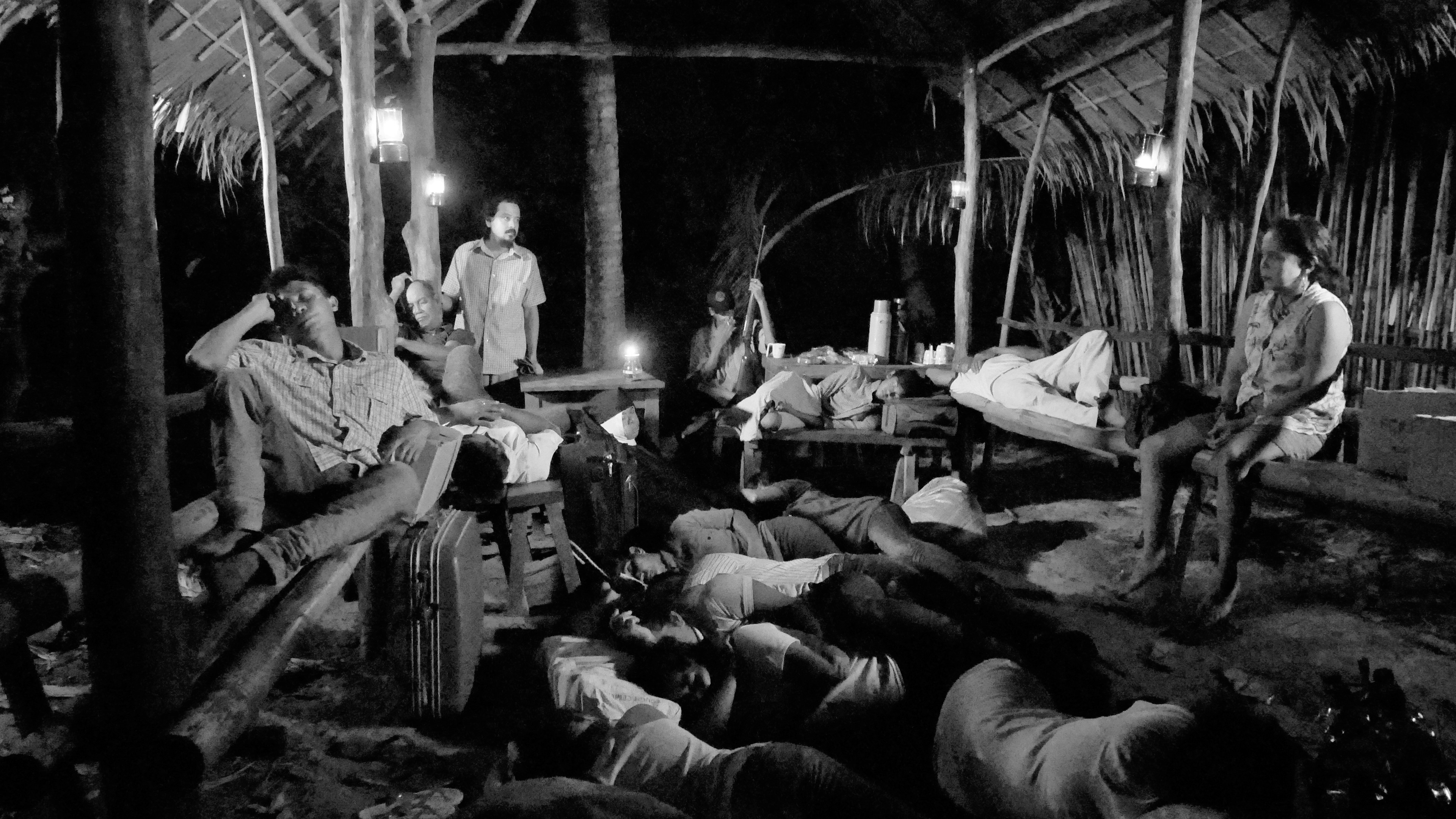
“John Lloyd Cruz is a very sensitive, intuitive, introspective and intelligent individual,” wrote the filmmaker about his current muse in our email exchange. “These attributes manifest in his works as an actor. In engaging with him, there’s little discourse really on the character he will be playing.”
“Oftentimes, our talk would be about life, reflections on things, issues. He would just be asking a few questions. But you can see that he is profoundly focused on studying the script, the character.”
“I don’t bother him. We don’t bother him. When the scene is being shot, you’ll witness how prepared he is.”
The internationally respected filmmaker said that John’s mustachioed look was called for by the film’s era. “Mabigote ang mga tao noon,” he explained. (People had mustaches then.)
History of Ha also features Mae Paner, Teroy Guzman, Dolly de Leon, Hazel Cruz, Earl Ignacio, Jonathan Francisco, and the residents of Sibaltan, Palawan, where Lav shot the film.
As in his other films, Lav directed, wrote, produced, shot, edited and did the production design of History of Ha.
Lav emailed the film’s synopsis: “Hernando Alamada, a Filipino vaudeville great and a former socialist cadre, fulfills the last leg of his performing tour on the Mayflower cruise ship.”
“He knows that the Philippines is experiencing a bitter transition yet again; the much-loved and popular president, Ramon Magsaysay, suddenly dies in a plane crash.”
“Hernando arrives in his poverty-stricken barrio, his country’s state and future burdening him heavily. At the same time, a deep, personal turmoil confronts him.”
“He plods on an aimless journey. Akin to the Filipino bodabil, he finds himself on the gate of the theater of the absurd, a descent to burlesque, madness, to stark realities and ultimately, an ascent to his own redemption.”
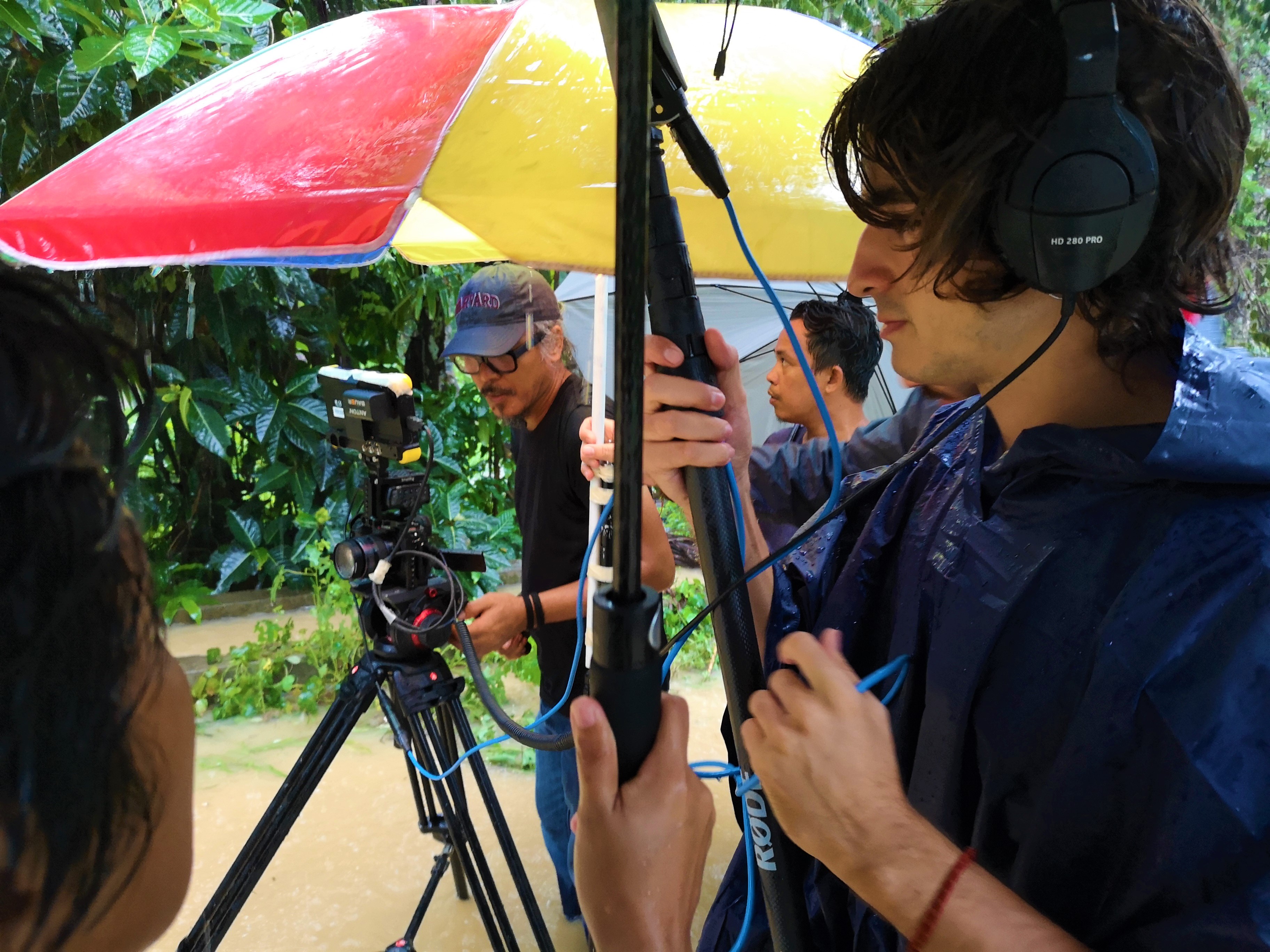
Lav, whose many awards include the 2016 Golden Lion (best picture) in the Venice Film Festival for The Woman Who Left and the 2014 Golden Leopard (best picture) in the Locarno Film Festival for From What Is Before (Mula Sa Kung Ano Ang Noon), also shared his Director’s Statement for History of Ha:
“After the second great war of the world, the Malayan archipelago, collectively known as Las Yslas Filipinas or The Philippines, became the worst scare and the greatest experiment for the United States of America’s Central Intelligence Agency.”
“It was the early 50s and the fledgling Republic of the Philippines was well on its way to becoming the first communist state in the Far East sphere.”
“The Huk movement, formerly an anti-Japanese resistant/guerilla grouping organized and led by Marxist cadres, morphed into a strong anti-feudal/anti-imperialist national upheaval.”
“This led to President Harry Truman’s urgent approval of immense military assistance to the Philippines that included unlimited weaponry and the best officers and advisers. The campaign to quell the rebellion involved introduction of new paradigms in LICs (low-intensity conflicts).”
“It was brutal and complex. The Filipino military leader, Ramon Magsaysay, became a popular persona (a mix of his charisma and bravery and a creation of the CIA’s successful propaganda) and eventually, was elected president.”
“By 1954, the movement self-destructed and by 1957, Magsaysay was dead.”
“The most popular post-war Filipino entertainment was bodabil, the local version of vaudeville, which was a mix of slapstick comedy (oftentimes very sexual), musical numbers, magic tricks and dramatic skits. Alternative bodabil acts also existed, infusing relevant issues and discourses in their performances.”
“The exhilaration of the end of the war, the new perspective of the socialist movement and then, the promise of the very brief messianic attributes of Magsaysay, all evolved into the massive Filipino disillusionment of the late 50s.”
“This is the story of Hernando, a disillusioned Marxist, teacher and a great bodabil artist and his friend, the quintessential Ha.”
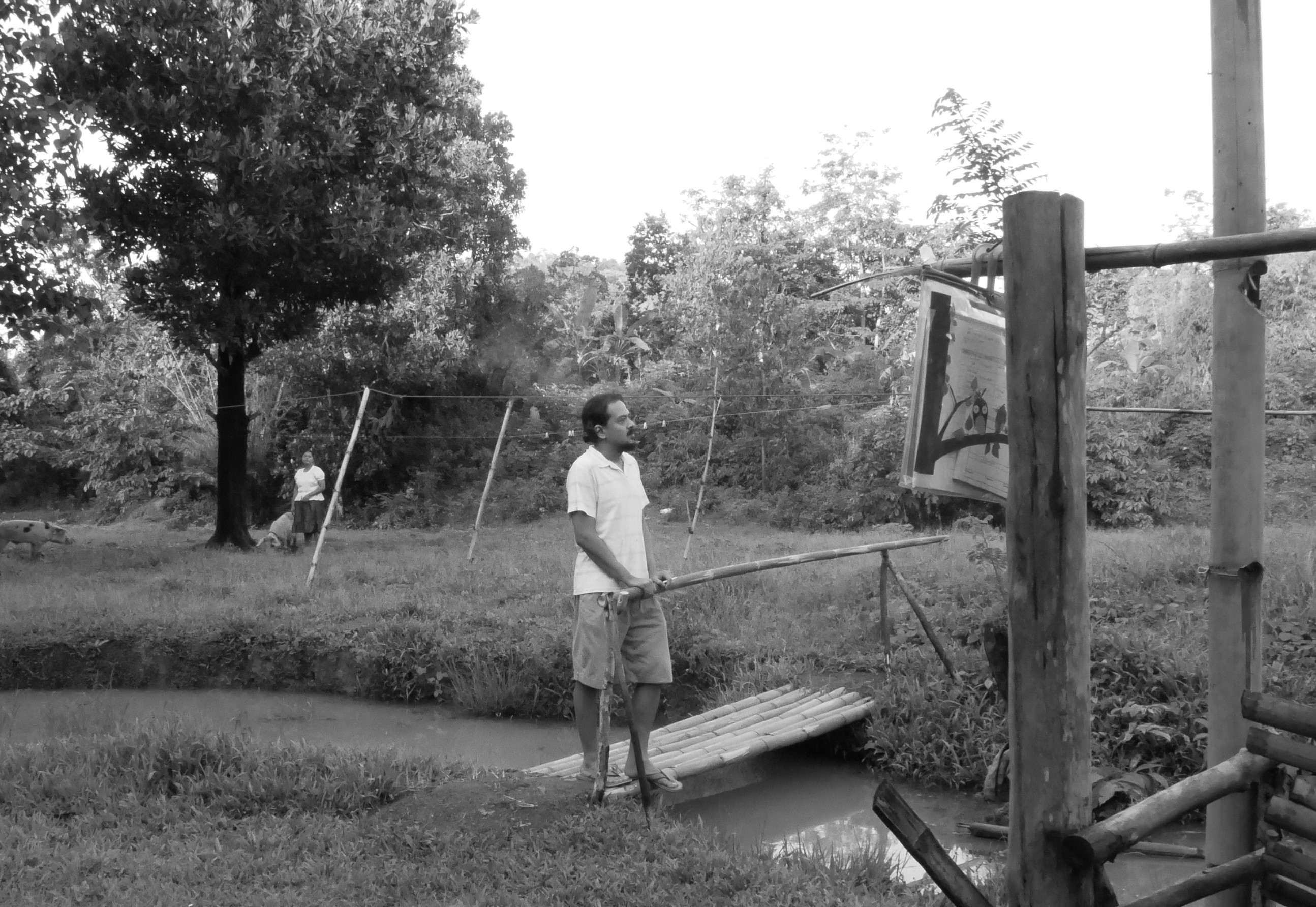
I asked Lav why he chose bodabil as the milieu for the latest addition to his filmography. He answered, “If there’s a real golden era of Pinoy entertainment, the bodabil period was it.”
“We’ve forgotten about it. The new generations have no knowledge about that great epoch, a truly great time.”
“No comprehensive books, journals or cinema have tackled it, in fact. That’s how neglectful we are of our heritage.”
“For starters, on how important the bodabil is, just check these great performers in Philippine cinema, who are all products of bodabil – Dolphy, Chiquito, Atang de la Rama, Dely Atayatayan, German Moreno, Nida Blanca, Nestor de Villa, Eddie Garcia, Leopoldo Salcedo, Rogelio de la Rosa, Katy de la Cruz, Chichay, Pugo and Togo, Bayani Casimiro, Cachupoy, and Johnny Monteiro.”
“Unbelievable. The list is long and their influence in Pinoy entertainment remains embedded and felt in what we’re seeing in our movies and television productions to this day. Historya ni Ha is my tribute to the bodabil.”
The prolific filmmaker also explained in our email interview why he set this newest entry in his oeuvre in early 1950s Philippines and the era of Ramon Magsaysay as the president of the fledgling Republic of the Philippines.
“The 50s was a definitive period in Philippine history. The country was in great crossroads. The focus then was the ‘big reconstruction’ as an effect of the horrifying devastations of World War II.”
“There was optimism because of the presence of America as many Filipinos consider them liberators and overseers. Entertainment, especially the bodabil, exploded all over the land, not just in Quiapo and Avenida.”
“Small touring circus companies had their bodabil troupes. Even schools embraced bodabil in their programs. But there was wariness because the Huk movement became a real threat to the supposed democratic construct being propagated by the Americans.”
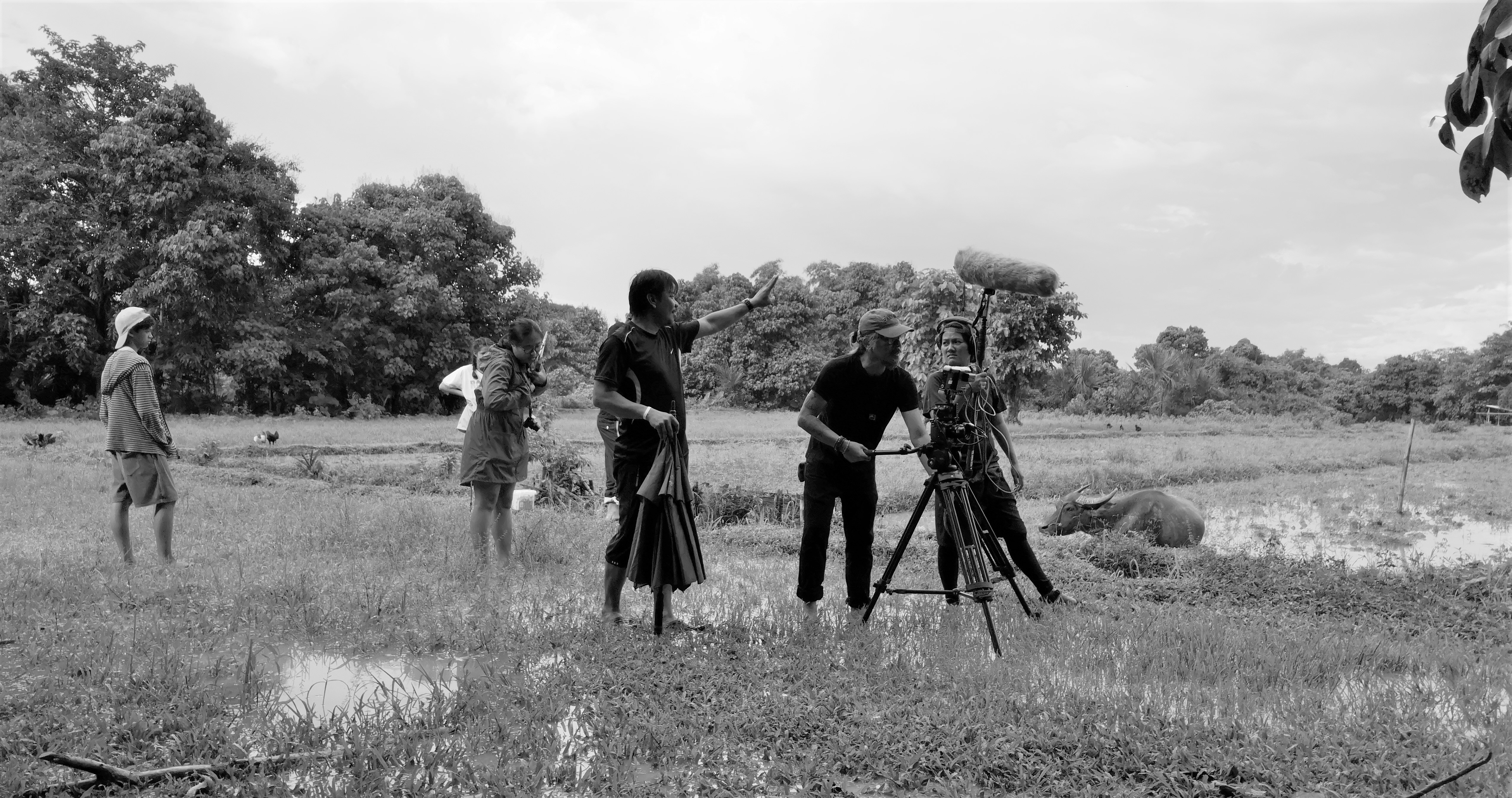
“The socialist movement gained traction by relentlessly exposing the real ills of Philippine societal structures like feudalism and all causes of poverty and inequities. The Americans, through its Central Intelligence Agency and their Filipino cohorts, worked doubly hard to quell the socialist wave.”
“And from this internecine development, the persona of Ramon Magsaysay proverbially rose like Christ. By 1954, the Huk movement was crushed and, by 1957, the Pinoy Christ was found in the charred remains of an airplane crash in the island of Cebu. But bodabil survived. It became even more popular.”
“The film is also inspired by my father’s life. As a young man, he saw the horrors of the war. And in college, after the war, where he got a scholarship by being a caretaker of the campus’ piggery and poultry farm, he was one of the young couriers and cadres of the Huk movement.”
“This was in Nueva Ecija. He saw the bloody atrocities. He loved the movement but he abhorred the violence. He said that he can’t take what he saw. But he truly loved the bodabil.”
On filming History of Ha in Sibaltan, a small village on the northernmost tip of Palawan, Lav replied, “I’d been looking for a place that would look like the Central Luzon of my young father.”
“A friend, Jeremy Guiab, suggested that I visit the barrio of Sibaltan in the northern part of Palawan. And true enough, Sibaltan is a time-warped locality. It still looks like the 50s.”
“We shot the film two years ago. Just a few of us and there was no funding. I used my own money. We were in Sibaltan in July and October of 2019.”
“Before the shoot of Ha, I taught at the Escuela Internacional de Cine y Television (EICTV) in Cuba. Four of my students joined the shoot (in Sibaltan).”
Lav said History of Ha “was supposed to premiere in the main competition of the Locarno Film Festival in 2020.”
“But the pandemic came and there was a change in the administration of the Locarno International Film Festival. They didn’t take Historya ni Ha for their 2021 edition.”
Well, it looks like Locarno’s loss is London’s gain.

Never one to rest on his laurels, the busy filmmaker has two other films in post-production: Servando Magdamag (due middle of 2022) and Henrico’s Farm, which reunites him with his The Woman Who Left actress, Charo Santos-Concio.
On the latter film, the Mindanao native said, “Marami pa akong gustong gawin/idagdag.” (I want to do or add more things). – Rappler.com
Add a comment
How does this make you feel?
![[Only IN Hollywood] Mabuhay to Martha Millan, badass in ‘Gentlemen,’ the rock of ‘Cleaning Lady’](https://www.rappler.com/tachyon/2024/03/MarthaMillanTheGentlemenMabuhayAsMercyInTheGentlemenShesNotYourMeekTitaCreditNetflix-1.png?resize=257%2C257&crop=224px%2C0px%2C853px%2C853px)
![[Only IN Hollywood] ‘Expats’ director Lulu Wang praises Filipinas Ruby Ruiz and Amelyn Pardenilla](https://www.rappler.com/tachyon/2024/03/Screenshot-2024-03-06-at-4.31.33-PM.png?resize=257%2C257&crop_strategy=attention)
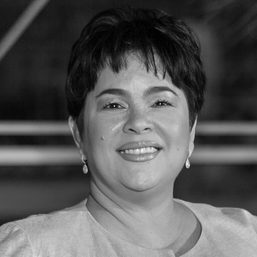

![[Only IN Hollywood] Dolly de Leon on her 2 Sundance films, ‘Nine Perfect Strangers,’ next projects](https://www.rappler.com/tachyon/2024/01/Screenshot-2024-01-24-at-5.23.06-PM-1.png?resize=257%2C257&crop=221px%2C0px%2C717px%2C717px)
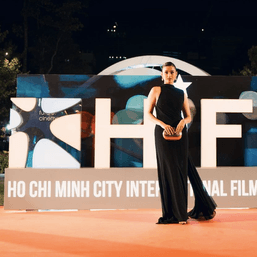


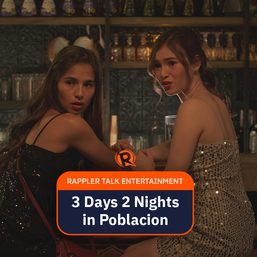
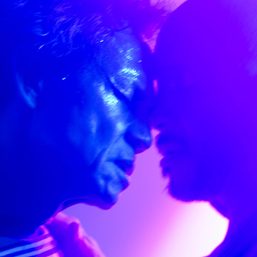
There are no comments yet. Add your comment to start the conversation.